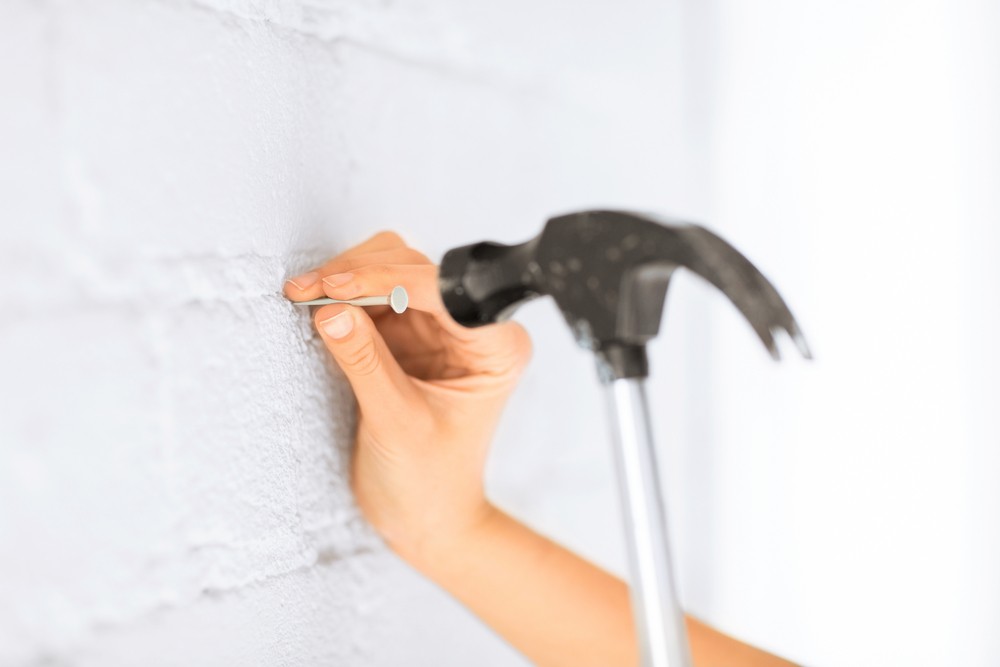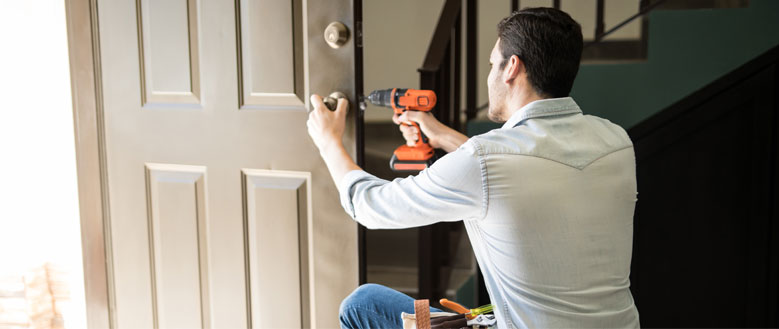This article listed below pertaining to How to Handle Plumbing Issues in Rental Properties is fairly engaging. Check it out for yourself and decide what you think of it.

Managing plumbing concerns in rental homes effectively is crucial for preserving occupant satisfaction and protecting the building's value. Whether you're a landlord or a property manager, understanding just how to resolve these typical issues can conserve you time and money while making sure conformity with lawful duties. Here's a step-by-step guide on how to deal with plumbing problems in rental buildings.
Develop Clear Interaction
Urge lessees to report any pipes concerns as quickly as they occur. Offer several communication channels such as phone, e-mail, or a renter website to make it simple for them to reach out. Trigger reactions to these reports can avoid minor issues from escalating into major troubles.
Enlighten Lessees
Enlighten your lessees concerning what comprises a pipes emergency situation and what does not. Supply guidelines on exactly how to deal with minor issues themselves, such as making use of a bettor to unblock a bathroom. Likewise, notify them about what they ought to avoid putting down drains to prevent clogs, such as oil, coffee premises, and non-biodegradable things.
Normal Upkeep
Execute a routine upkeep timetable for all pipes systems in your leasing residential properties. Normal checks can help determine and fix problems like leaks, sluggish drains, or corroded pipelines prior to they come to be severe. Take into consideration working with a specialist plumbing professional to inspect the properties yearly or semi-annually.
Quick Reaction to Emergencies
Have a plan in position for reacting to plumbing emergencies. This should include having the get in touch with details of reliable pipes services that provide 24/7 emergency situation repair work. Quick action is necessary to lessen damage in situations like ruptured pipes or severe leaks.
Document Everything
Keep detailed records of all reported plumbing problems and the actions required to resolve them. Paperwork needs to include days, descriptions of the problem, communication with lessees, and invoices from service providers or plumbers. This details can be important for insurance cases, tax reductions, and lawful security.
Usage Qualified Professionals
Always utilize licensed and insured experts for significant plumbing fixings and setups. This makes certain that the work is up to code and can aid prevent liability problems in case of crashes or further damage. It likewise comforts tenants that repair services are being handled skillfully.
Understand Lawful Responsibilities
Understand your lawful obligations pertaining to pipes and general building maintenance. Many territories call for landlords to ensure their residential properties are habitable which all pipes systems are in good working order. Failure to deal with severe concerns promptly can cause lawsuits from tenants.
Renter Repayments
If a plumbing issue calls for prompt attention and the renter fixes the problem by themselves, have a clear policy in position for compensating prices. Make certain tenants know they should obtain previous approval for higher-cost repair work unless it's an absolute emergency situation.
Preventive Upgrades
Think about upgrading older pipes systems and components to a lot more contemporary, reliable models. This can decrease the regularity and extent of pipes issues and reduced long-term upkeep costs. It's also a marketing point for possible lessees who value upgrades and modern-day functions.
Renter Move-Out Inspections
Conduct complete pipes checks during move-out examinations to make certain that any type of concerns are identified and dealt with before a new tenant relocate. This protects against disputes with brand-new lessees over pre-existing problems and makes sure the home remains in leading condition.
Conclusion
Handling pipes problems in rental homes requires an aggressive strategy and excellent interaction with renters. By staying on top of maintenance, reacting without delay to emergencies, and utilizing competent experts, landlords can maintain their properties in excellent condition and keep excellent relationships with occupants.
How to Handle Water Damage in a Rental Property
What is Water Damage?
Water damage is harm or destruction caused by water entering areas where it is not supposed to be. It can be caused by a variety of sources and can manifest in different ways. The most common examples of water damage include:
Leaking roof Plumbing leaks Appliance malfunctions Poor drainage Flooding Sewage backup Condensation Tenant negligence HVAC system issues Frozen pipes Is water damage dangerous?
Water damage itself is not inherently dangerous, but it can lead to various hazards and health risks if not promptly and properly addressed. The severity of these risks depends on the extent of the water damage, the source of the water, and how quickly it is mitigated.
Some potential dangers associated with water damage include structural damage, mold and bacterial growth, electrical hazards, water contamination, and pest infestations. In situations where mold and mildew have gone unaddressed, mold can start to develop within 24-48 hours of water exposure, and this can impose a serious health risk to tenants. In particular, mold spores and damp conditions can lead to respiratory issues and even make existing health problems worse, such as allergies, asthma, or immune disorders.
Water Damage in an Apartment - Who is Responsible?
If the water damage is caused by the tenant’s negligence, the tenant is responsible for the cost of repairs. If the water damage is caused by a defect in the property, the landlord is responsible for the cost of repairs. If the water damage is a result of natural causes, such as excessive rain, then the landlord is responsible, since the water intrusion likely occurred due to a defect in the property. Landlord Responsibility water damage in rental property
Since maintaining habitability is the landlord’s legal responsibility, landlords are responsible for any resulting structural damage caused by water damage. These structural damages may include damage to walls, roofs, ceilings, and flooring. If water damage has affected the rental property’s original structure, the landlord is responsible for repairing or replacing those materials. Therefore, landlords should have property insurance that covers the structural components of their rental property so that they can receive help with the costs of covered events.
Preventative measures can also help landlords avoid massive renovations. Preventative maintenance may include conducting regular inspections to identify and address potential water damage before it becomes a major and urgent problem.
If a landlord fails to meet their responsibilities regarding water damage, it can lead to legal disputes and potential liability. Tenants who believe their landlord is not addressing water damage issues in accordance with California law can seek legal advice or contact local housing authorities for assistance.
https://www.goodlifemgmt.com/blog/water-damage-in-a-rental-property/

Do you like reading about Plumbing Maintenance Guide for Tenants? Create feedback down below. We will be pleased to see your opinion about this page. We are looking forward to see you back again later on. Sharing is nice. Helping others is fun. Thanks a bunch for being here. Return soon.